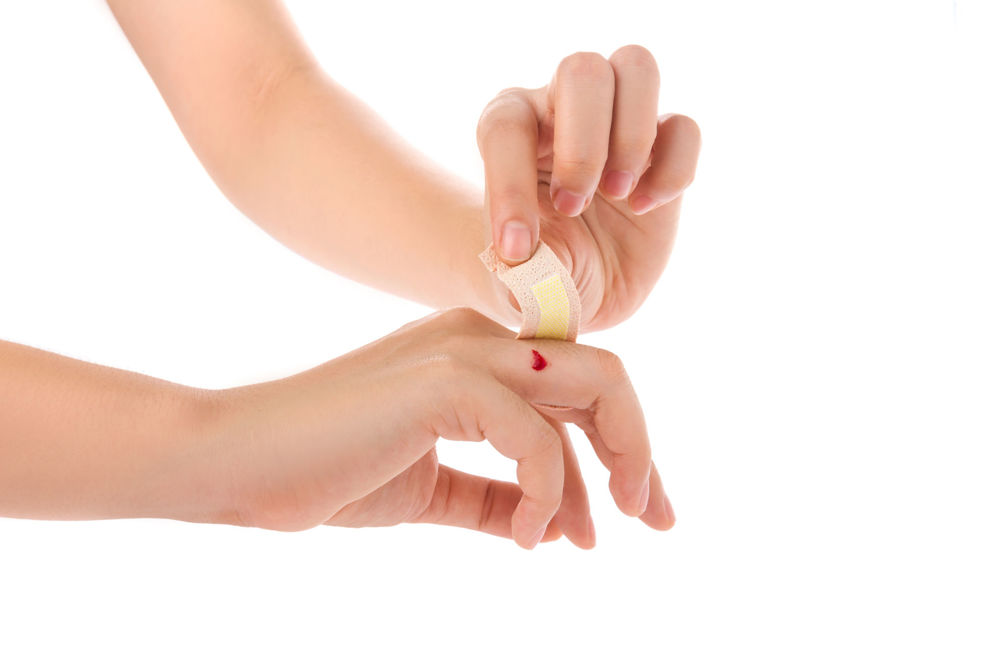A recent breakthrough in scientific research has illuminated a critical aspect of the wound healing process that is often compromised in conditions such as diabetes and aging. This discovery holds the promise of addressing a pressing global healthcare challenge, as the cost of managing poorly healing wounds surpasses $250 billion annually.
Published in the prestigious journal Nature, the study identifies a key molecule that plays a pivotal role in tissue healing. By administering this molecule to animal models, researchers observed a remarkable acceleration in wound closure by up to 2.5 times faster, accompanied by a 1.6-fold increase in muscle regeneration.
Associate Professor Mikaël Martino, the lead researcher at Monash University’s Australian Regenerative Medicine Institute (ARMI) in Melbourne, Australia, highlighted the transformative potential of this discovery in the field of regenerative medicine. The study underscores the significance of sensory neurons in orchestrating the repair and regeneration of tissues, offering promising prospects for enhancing patient outcomes.
Notably, individuals with diabetes face a particularly high risk of developing non-healing wounds due to impaired blood flow. The prevalence of diabetic foot ulcers, the most common diabetes-related wound, is steadily rising, posing a significant healthcare challenge. Dr. Yen-Zhen Lu, co-lead author at ARMI, emphasized the escalating burden of managing poorly healing wounds, especially in populations with diabetes.
Nociceptive sensory neurons, also known as nociceptors, play a crucial role in detecting pain signals in the body. These neurons respond to tissue damage, inflammation, temperature changes, and pressure, alerting the body to potential threats.
The researchers uncovered a vital connection between sensory neurons and tissue healing, demonstrating that sensory neuron endings extend into injured skin and muscle tissues. Through the release of a neuropeptide called calcitonin gene-related peptide (CGRP), these neurons interact with immune cells to regulate the healing process post-injury.
Associate Professor Martino revealed the remarkable impact of CGRP on immune cells, facilitating tissue repair and regeneration. The study further illustrated the essential role of sensory neurons in CGRP distribution, as the selective removal of sensory neurons in mice resulted in impaired wound healing and muscle regeneration following injury.
In a groundbreaking experiment, the scientists administered an engineered form of CGRP to mice with neuropathy resembling diabetic conditions, leading to swift wound healing and muscle tissue regeneration. These findings offer significant promise for advancing regenerative medicine, particularly in treating chronic wounds and poorly-healing tissues.
By leveraging the intricate interplay between the nervous and immune systems, the research team aims to develop innovative therapies that address the underlying issues contributing to impaired tissue healing. This novel approach holds the potential to revolutionize the treatment of non-healing wounds, offering hope to millions of individuals worldwide.
The study’s implications extend to enhancing our understanding of tissue healing mechanisms post-injury. By harnessing the neuro-immune interactions highlighted in this research, new avenues for effective therapies are being explored, either as standalone treatments or in conjunction with existing therapeutic strategies.
*Note:
1. Source: Coherent Market Insights, Public sources, Desk research
2. We have leveraged AI tools to mine information and compile it

